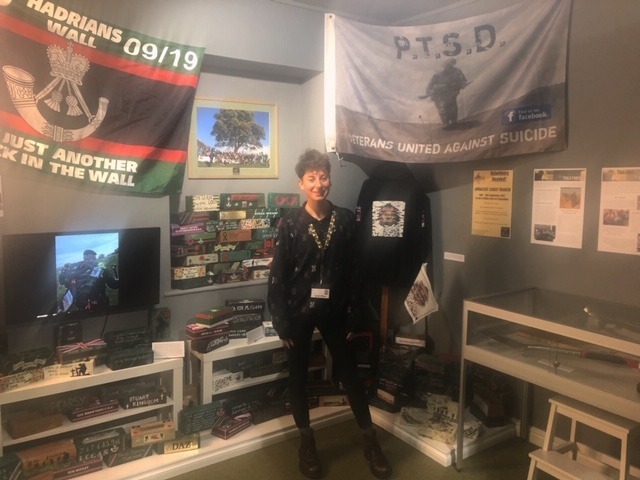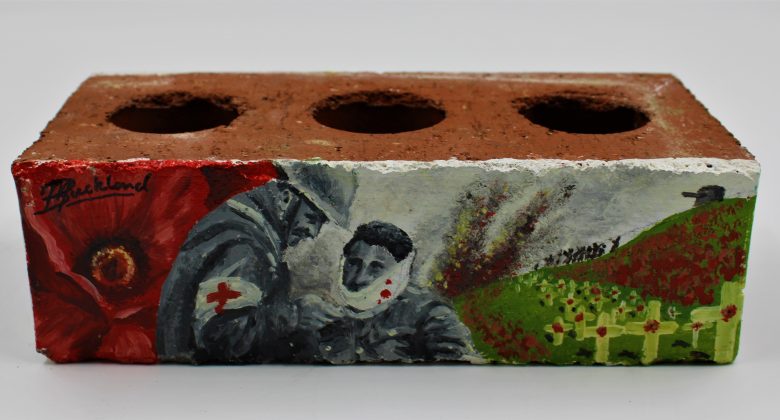Some our visitors who have returned since our reopening will have noticed a display of colourful bricks steadily growing in our Light Infantry gallery. Now complete, this is Bodmin Keep’s newest display; ‘Not Just Another Brick in the Wall’.
It was a year ago when Paul ‘Coco’ Cocoran, retired Senior NCO in the Light Infantry, offered to donate the collection of bricks to the museum. 150 in total, each brick is individually decorated and dedicated to a service person who died in combat, at home, or who took their own life due to poor mental health. In September 2019, Coco galvanised a group of 200 veterans and volunteers to undertake a three-day march down Hadrian’s Wall, all with bricks in their rucksacks. The event, named ‘Not Just Another Brick in the Wall’, raised awareness of the issue of post-traumatic stress disorder in the Armed Forces. Paul saw the bricks as a metaphor. A veteran, burdened by personal problems and mental-ill health, can feel as if they are carrying a bag full of bricks that grows and grows. The march fundraised nearly £100,000 for the Rifles ‘Care for Casualties’ Appeal.
It was fascinating to meet Coco and to hear the story of the march. He was bursting with enthusiasm for the cause and he was excited that the museum was interested in creating a display that would remember how the community came together. I caught his energy immediately and dived straight into the new project.
The first challenge was deciding whether the second floor would give out with the weight of so many bricks on top of it (and a large slab of the Berlin Wall). But once that concern was dealt with, it was clear that displaying all the bricks together in one place would offer a powerful visual impact. Some of the bricks are intricately painted with landscapes and battle scenes, others have moving tributes handwritten onto their surface. Some decorators got creative by attaching cap badges and paper poppies.
Every brick has an individual personal story and when they come together they act as a memorial to all who have given their lives to service. Whilst the bricks may have initially represented the burden of mental ill-health amongst veterans, in Bodmin Keep’s gallery space they become a testament to the strength and resilience of the military community. The display is a colourful celebration of what people can achieve when they join forces and support one another.
The ‘Not Just Another Brick in the Wall’ display forms part of the larger exhibition Trauma to Treatment. Installed as a series of ‘interventions’ throughout Bodmin Keep’s permanent gallery spaces, Trauma to Treatment explores the history of military psychiatry and the experiences of soldiers who faced mental-ill health as a result of combat from the 19th Century to the present day. The aim was to shed light on the serious psychological consequences that can arise from military service. Whilst conditions such as ‘post-traumatic stress disorder’ or ‘combat stress reaction’ are recent concepts, mental trauma of many kinds has been experienced by soldier for centuries.

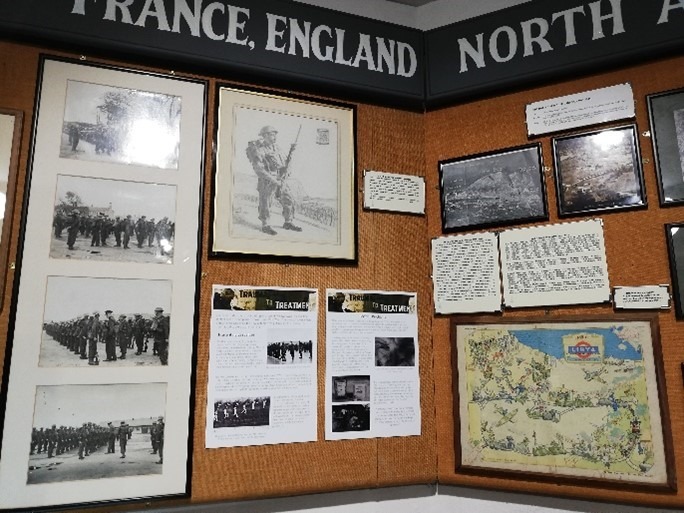
Whilst many military museums have not acknowledged the topic in any great depth, Bodmin Keep has taken on the challenge. With mental ill-health one of the biggest issues facing the military community today, and cultural conversations surrounding wellbeing on the rise, it was about time that the museum explored the subject. The exhibition includes a little-known history of military psychiatry, personal stories from soldiers, and creative work.
Whilst the exhibition does focus on serious and often upsetting histories, it finishes on a positive note, highlighting some of the brilliant work being done by communities and charities to support the mental wellbeing of the military family. The exhibition hopes to raise awareness, myth-bust, encourage empathy, challenge social stigma, and encourage veterans and other members of our community to access support if they need it.
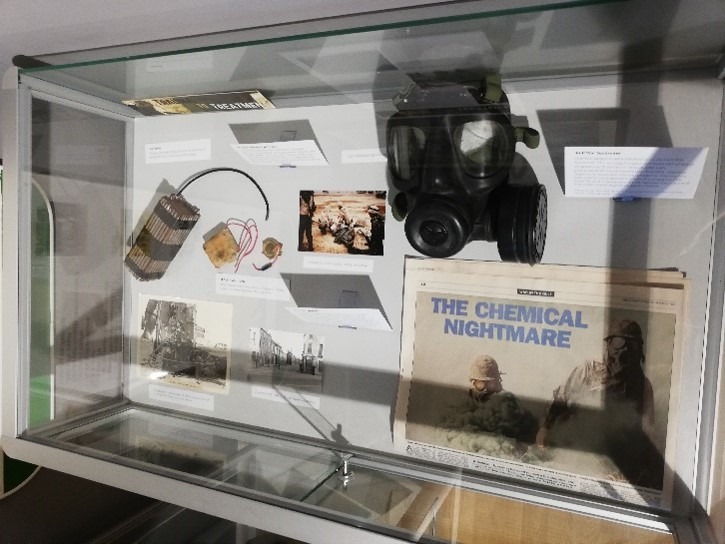
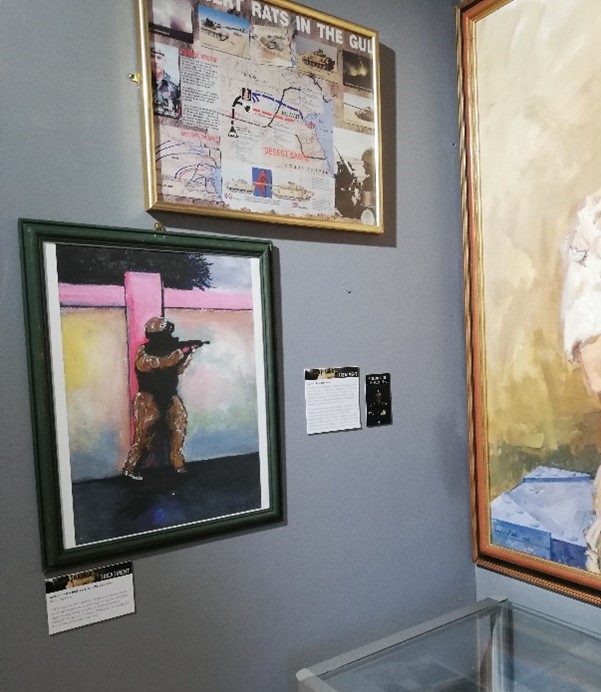
Pre-book your visit to Bodmin Keep to see Trauma to Treatment and ‘Not Just Another Brick in the Wall’. Take a look at the online exhibition.
By Sarah Waite, Trainee Curator.
